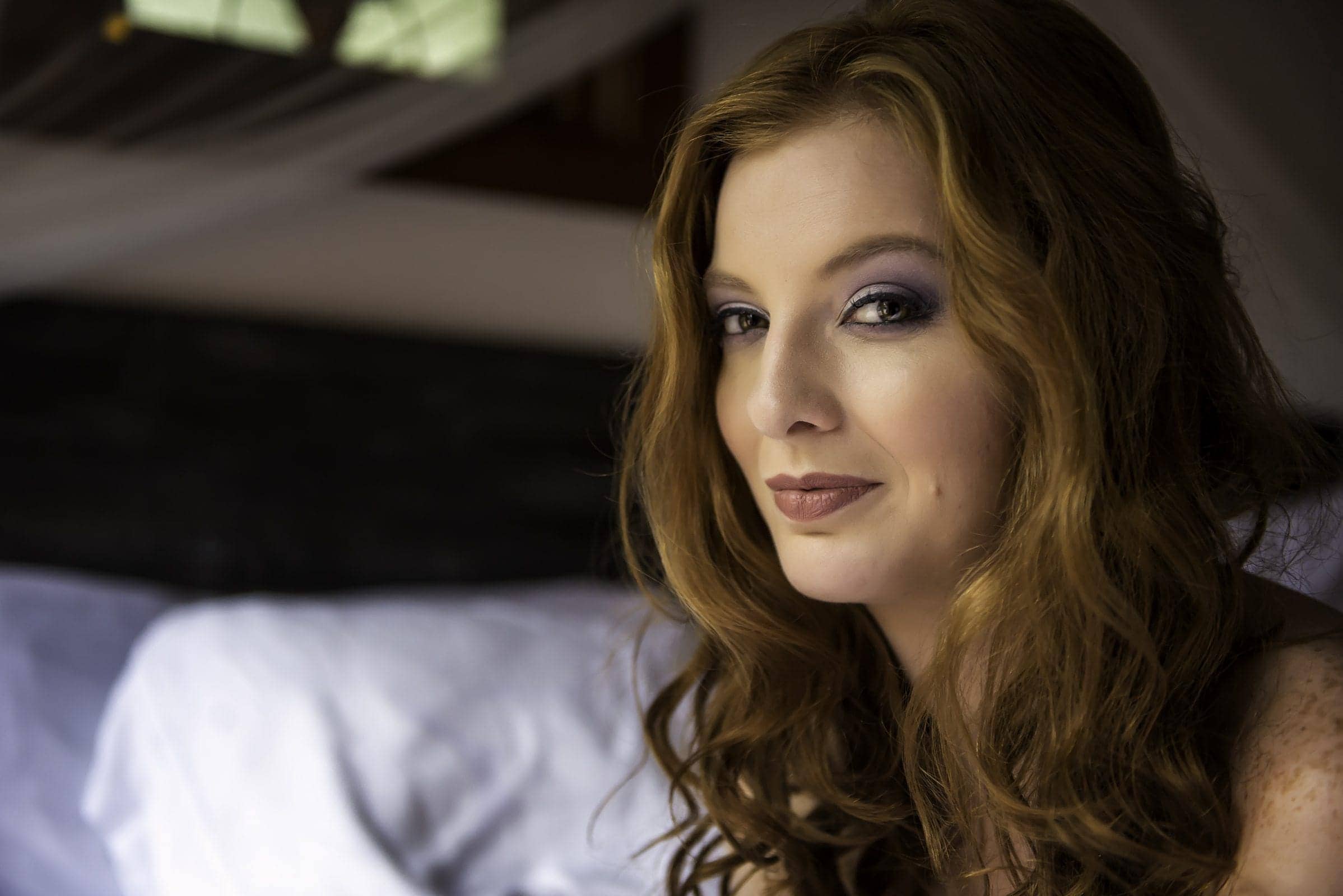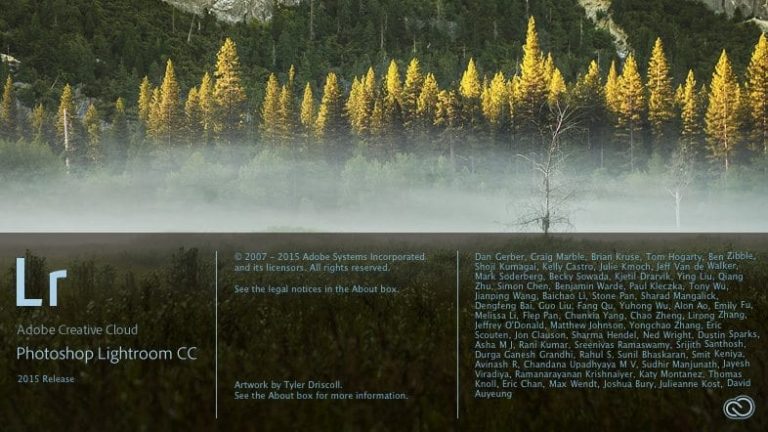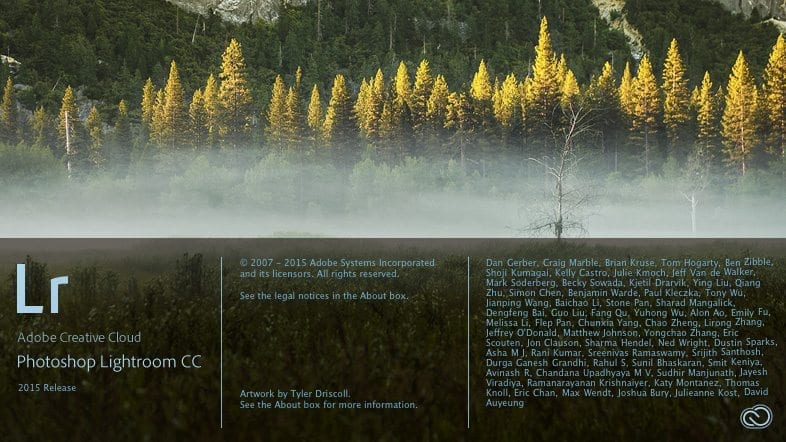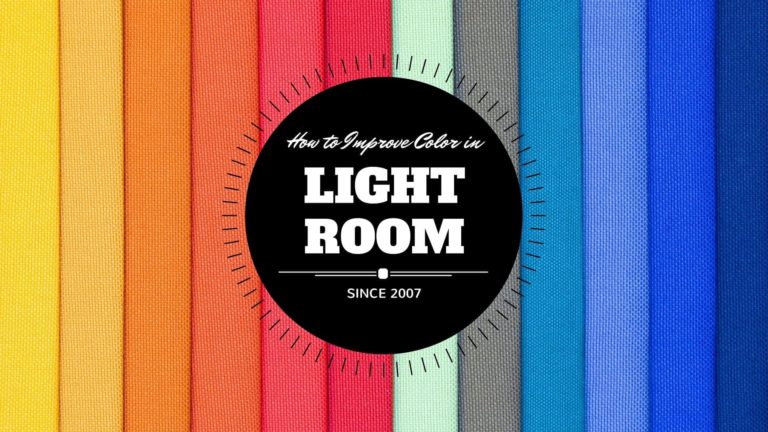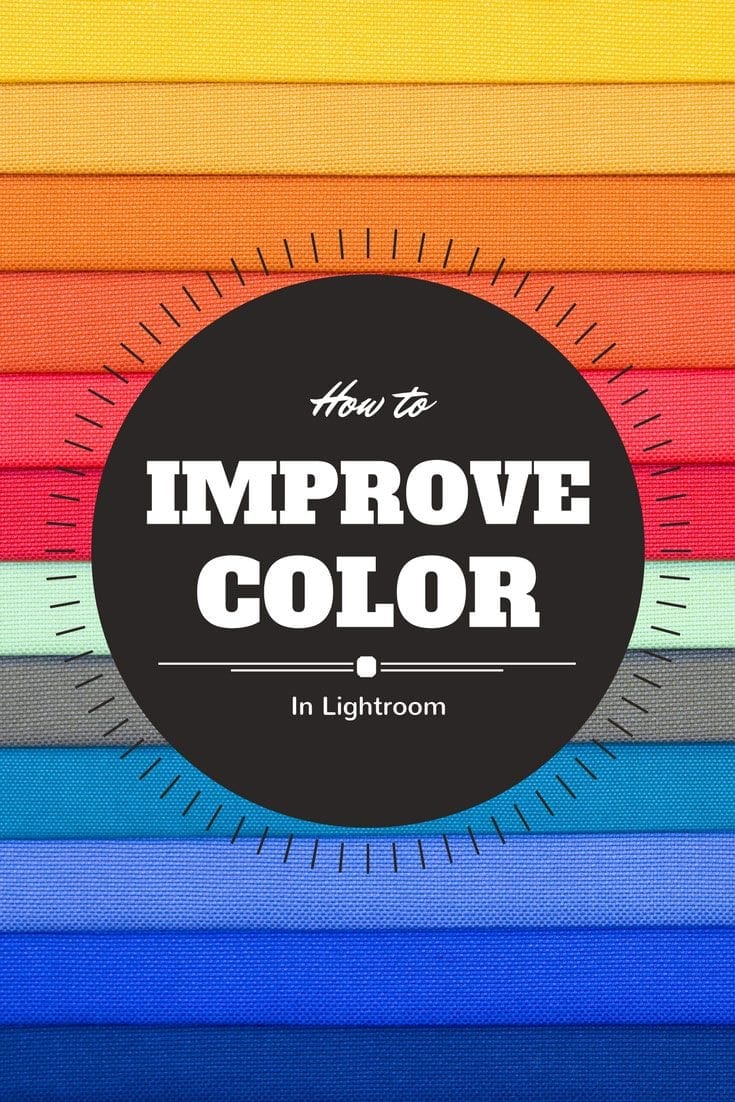Affiliate Disclosure: We earn a commission if you purchase through one of our links at no additional cost to you.
After migrating some of my Aperture libraries into Lightroom this weekend, I had a chance to look at some old photos I haven’t seen in a while. My God, they suck.
It looks like I’m going to spend some time culling photos in Lightroom.
The Aperture to Lightroom Migration
Here’s my first lesson. I should have been culling photos in every photoshoot. It’s worth the effort to do it in smaller batches than to tackle it later when I’m going through a migration process.
Why am I culling photos in Lightroom instead of Aperture? After all, wouldn’t it be faster to do it in Aperture so I’d have fewer photos to migrate into Lightroom?
Of course. The reason I’m culling photos in Lightroom is because I’m stupid. I didn’t really take a good look at some of my old images until after I’d spent time migrating them into Lightroom. That means I wasted some time, but I’m not worried. I waste time every day, so I’m kind of good at it.
As long as we’re talking about an Aperture to Lightroom Migration, I have an article about it called Aperture to Lightroom Migration Guide.
Even though Adobe wrote a plugin to handle the migration for you, I don’t recommend using it. Adobe was kind enough to invite me to the beta test group and I got a look at its development. I can tell you that the plugin works very well for what it was designed to do. That said, it doesn’t so what it wasn’t designed to do, and Adobe admittedly left out some requested features due to resource limitations. It has a few bugs, but those are being cleaned up.
My concern isn’t about a buggy or faulty plugin, but rather some design decisions that affect the way the plugin works. Here’s my list.
The first two items are the most egregious errors for me. Since you can sort and arrange photos by date inside of Lightroom, there really isn’t any need for a complex folder structure. It also leaves behind some metadata that describes your photos. Did you put in a lot of effort to add metadata to your photos in Aperture? I did, and I don’t want to lose that information. With a little bit of preparation, you can save that data and transfer it over to Lightroom. I’ll show you how in the migration guide.
Why Culling Photos in Lightroom is Easier Than Aperture
I had a strategy in Aperture that served me well, and it translates to Lightroom with a minor modification. The idea was to assign color labels to know the state of a photo in my workflow. Here was my list in Aperture.
In Lightroom, you have most of those options you can choose with a keyboard shortcut, plus another handy shortcut key.
- 6 – Red
- 7 – Yellow
- 8 – Green
- 9 – Blue
- X – Rejected
All I had to do is switch “To Be Reviewed” from Orange to Red and continue my color coding strategy. You could say that anything without a color is also “To Be Reviewed”, and that’s fine if it works for you. I found that using color labels makes it easier to identify things at a glance.
Why use a color label instead of a flag? In my case, it’s because I can be fickle. A flag is a temporary indicator in my world, but a color label is a lifecycle indicator. There may be reasons why I want to flag images in different lifestyle states. For example, let’s imagine that I have a number of images flagged as Selected for Processing. I can filter on just that color label and I have a bunch of choices.
Great! Now which one?
Well, that’s when I start hitting the flag on some images to determine which ones grab my attention at this moment. With some quick keystrokes, I’ve narrowed the field.
Great! Now which one?
I select all the flagged photos and start going through Lightroom’s Compare feature. Now you get to play War with your photos in Lightroom. Two images appear and you keep the one you like best and let the other fade away. Another image comes up. Decide which one you like best. Keep going until you’re left with your favorite image.
Now you know which one you feel like processing. Clear the flags, process your photo and then mark it as Green when you’re done (or Blue if it’s really great).
That compare feature truly makes the process of culling photos in Lightroom much easier than in Aperture. I love it because it’s simple and effective.
What About The Rest?
Reject them. I’ve been much to lax about rejecting photos that are never going to make the cut. Now I wish I’d been a bit more brutal in Aperture. So I’ll spend some of my time going through those photos marked as “To Be Reviewed” and hitting the X key to reject them, and then delete the rejected photos in bulk.
Why keep photos with distractions, poor composition, out of focus, or have other fundamental problems that cannot be corrected in post processing? Too many people try to “save” bad photos by slathering them with filters. Don’t be that guy. Just accept that the photo lacks a fundamental element and kill it. You’ll be much happier when you look at your Lightroom folders and find only the photos you like smiling back at you.
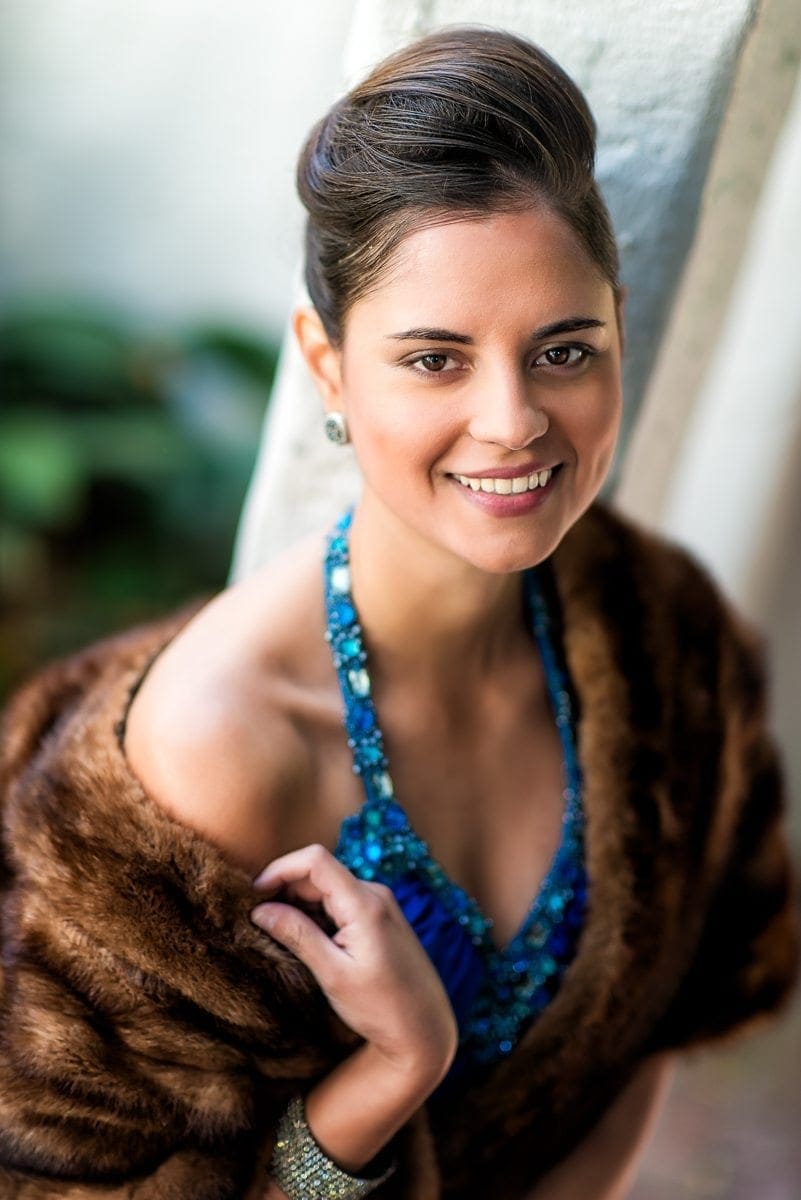
Want to learn more about Photography software? Click below to check out articles about Adobe, ON1, Skylum, and more.
Photography Software Articles

